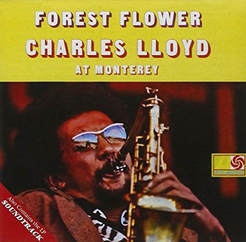
Perhaps the most publicized Jazzman of the Year—he even toured the Soviet Union!—he polled well with DownBeat readers on tenor (third) and flute (second), as did his combo, with pianist Keith Jarrett and drummer Jack DeJohnette (second). Fans were far out in front of critics. The best the critics could do in their poll was award Lloyd’s youth-appealing combo first place in the Talent Deserving Wider Recognition category.
That same year also saw the release of three all-time classic albums by upper-echelon mainstays Miles Davis, Duke Ellington, and Sonny Rollins.
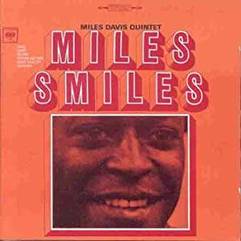
The interaction between Hancock, Carter, and Williams is so tight, so self-contained that collectively it should be considered the third front line player alongside the horns.
It’s my favorite Davis album period. And by the way, the album won top honors in the 1967 DownBeat Reader’s poll. Read about my encounter with the jazz prince.
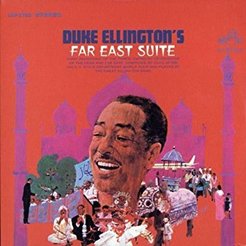
If this one brings a tear to your eye, then “Blue Pepper,” the bluesy flip side of the Hodges coin, will bring a smile to your face. Tenorman Gonsalves shines on “Mount Harissa” with a two-plus-minute serpentine, “please don’t stop” songful moan.
Multi-stylistic pianist Ellington eschews his penchant for dissonance and taps less used keyboard styles to sketch uncommonly beautiful melodies throughout. Check out my full review of the album.
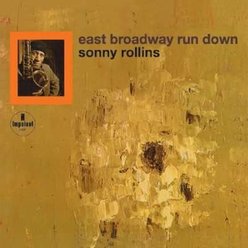
At the time, many people thought Sonny was about to join the “New Thing” movement because of the 20-minute title track. The theme and the interplay between Sonny and Freddie, and the use of just a mouthpiece in sections reminded people of “New Wave” pioneers Ornette Coleman and Don Cherry.
But no, it was Rollins simply saying I can play free if I want to, and this is the way it should be done. On the other two tracks, it’s the old Sonny we all know, especially on “We Kiss in the Shadows.”
From Amazon reviewer Douglass Groothuis:
Few saxophonists can thrive and survive in the stripped down . . . format of drums, bass, and horn . . . The strength of [Rollins’s] tone in every register, the thematic improvizations, the sense of humor and intelligence (including the quotes from other songs, even classical pieces!)—all inspire respect and trigger delight in the soul. |
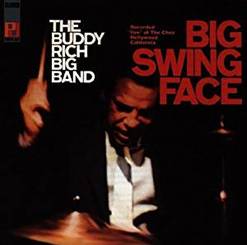
It quickly became a festival crowd pleaser, and an international success. In the 1967 DownBeat Reader’s Poll, Buddy jumped from fourth to first place on drums, and his new band came close to winning.
The two albums Big Swing Face and Swingin’ New Band placed third and fourth, respectively, behind Miles Smiles and Forest Flower. As far as Jazzman of the Year, he came very close—only Charles Lloyd (first) and Duke Ellington (second) ranked higher. Not too shabby.
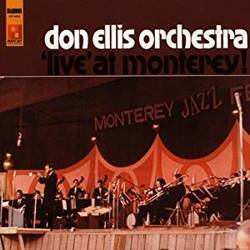
The resulting music was rhythmically exciting unmatched by any other jazz orchestra (save possibly for that of Sun Ra).
As critic Pete Welding saw it, the consummate execution of difficult (some said crazy or odd) time signatures, and its effortless way with forceful, emotion-charged rhythmic polyphony of an intimacy and subtlety not heard before, was extraordinary. [1] How about a meter in 9 divided by 2 2 2 3, or 19 divided 33 222 1 222!
The band was enthusiastically received at its inaugural festival performance at Monterey in 1966 and again in 1967 and at other performances in between. The jazz public dug the band, as evidenced by Ellis’s fourth-place finish in the Jazzman of the Year DownBeat Poll and the band’s fourth-place finish in the Big Band category. The band’s Live at Monterey album placed ninth in the Record of the Year contest.
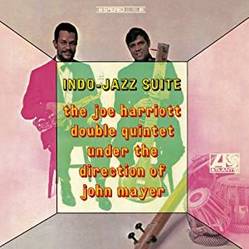
Kudos to composer-arranger John Mayer for making it happen. Improvising by both sets of musicians took place, especially by alto player Joe Harriott, who often moved outside the framework, playing his own brand of free jazz.
Not all fans and critics took to the fusion, but many did.
The Mayer-Harriett Double Quintet toured extensively, playing major concerts and clubs around Europe, and made two additional albums: Indo-Jazz Fusions and Indo-Jazz Fusions II. Maybe a little stilted at times, but always exciting and swinging. As Mayer later proclaimed, “World Music began here,” and who is to say otherwise. [2]
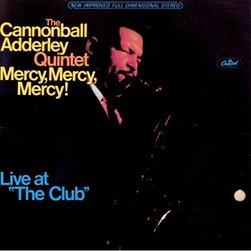
Six tunes, including Cannon’s classic “Sack of Woe” and Joe’s late night, slow in-the-pocket “Mercy” groove that became (believe it or not) a pop Top 10 single!
Producer Michael Cuscana: “One of the greatest uncompromising crossover successes in the history of jazz.”
- Pete Welding, “Time for Revolution: An Interview with Don Ellis,” DownBeat, April 2, 1967, 25–28.
- Alan Robertson, Joe Harriett: Fire in his Soul (London: Northway Publications, 2003), 157–73.

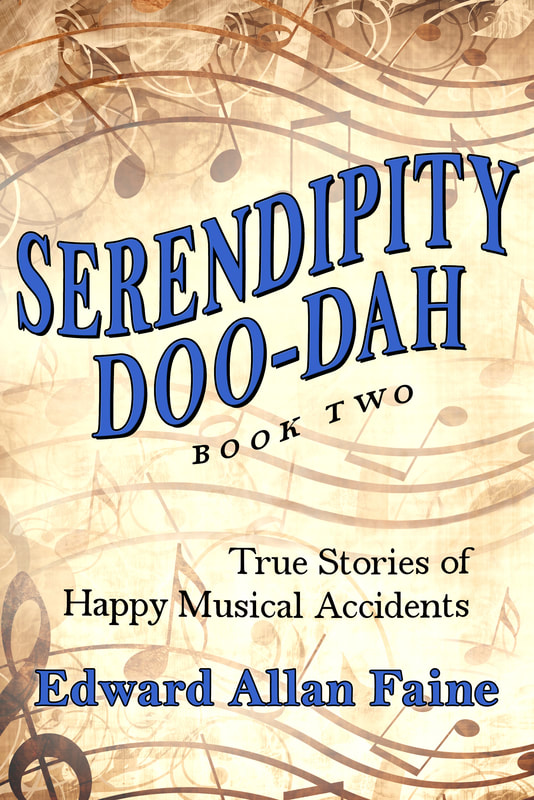
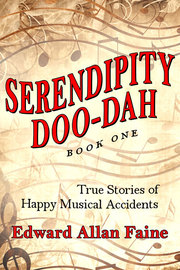
 RSS Feed
RSS Feed